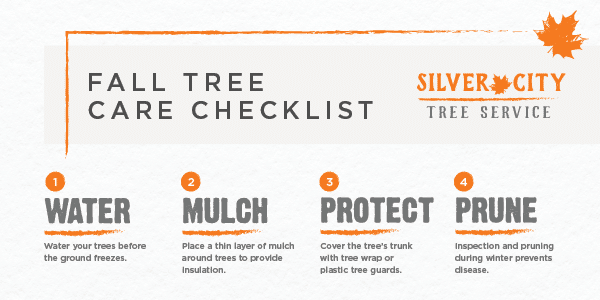Tree Conservation: Indicators That Show The Requirement For Elimination
Tree Conservation: Indicators That Show The Requirement For Elimination
Blog Article
Authored By-Fields Byers
If you've ever before wondered about the destiny of the trees on your building, understanding when it's time for elimination is important. Yet just how do you determine if a tree can be conserved or if elimination is the only option? By looking for certain indicators and evaluating security risks, you can make enlightened decisions that profit both your landscape and your surroundings. Let's discover the vital factors that enter play when determining the fate of a tree and how you can ensure the most effective result for your green buddies.
Signs of Tree Decline
If you notice any one of the adhering to signs of tree decline in your backyard, it may be time to think about tree elimination.
One common sign is dead or decaying branches, which can show underlying problems impacting the tree's health and wellness. Watch out for stained or wilted leaves that linger despite having correct care, as this could be an indication of illness or bugs.
An additional warning signal is excessive leaning or a noticeable shift in the tree's base, which may recommend origin concerns or architectural instability. Watch out for fungal growth on the trunk or roots, as this can show rot and compromise the tree's security.
Furthermore, if you observe large fractures in the trunk or significant limbs, it's vital to address these concerns quickly to prevent prospective hazards. Resolving these signs of tree decline immediately can assist maintain the safety and security and looks of your yard atmosphere.
Security Worries
To make sure the wellness of your residential or commercial property and those around you, focusing on safety and security problems related to trees is vital. Trees can present numerous security risks if not appropriately preserved. Dead or worn out branches might fall suddenly, endangering people or damaging frameworks.
Leaning trees can likewise be harmful, particularly if they're leaning towards a building or power lines. In addition, trees with considerable root systems near structures or underground utilities can create substantial damage over time.
click over here to routinely examine your trees for any indications of prospective risk. Keep an eye out for cracks in the trunk, large cavities, or indicators of condition and degeneration. If you discover any one of these concerns, it's ideal to talk to a specialist arborist to evaluate the circumstance and figure out the required course of action.
Taking aggressive actions to address safety worries immediately can prevent crashes and building damage in the future. Bear in mind, the safety of your residential property and those around you should constantly be the top concern when it involves tree upkeep.
Consulting an Arborist
When thinking about the health and wellness of your trees, seeking advice from an arborist is a critical step. Arborists are trained professionals who focus on the care and maintenance of trees. They can assess the overall health of your trees, identify any issues such as conditions or structural issues, and provide experienced suggestions on the very best strategy.
By speaking with an arborist, you can obtain useful understandings right into the problem of your trees and figure out whether elimination is essential. Arborists have the expertise and experience to assess the dangers related to maintaining a tree versus removing it. They can also offer guidance on different remedies, such as pruning, cabling, or bracing, to assist protect the tree whenever possible.
Moreover, arborists can assist you browse any type of local policies or permits that may be required for tree removal. Their competence can guarantee that the procedure is accomplished securely and in conformity with any kind of suitable regulations.
Final thought
In conclusion, when establishing whether trees can be conserved or if removal is required, it is essential to take into consideration indicators of decrease and security problems. Consulting an arborist for a complete assessment is crucial in making the very best choice for the tree's health and wellness and possible risks. Remember, aggressive treatment and prompt action can help preserve trees and protect against mishaps.
